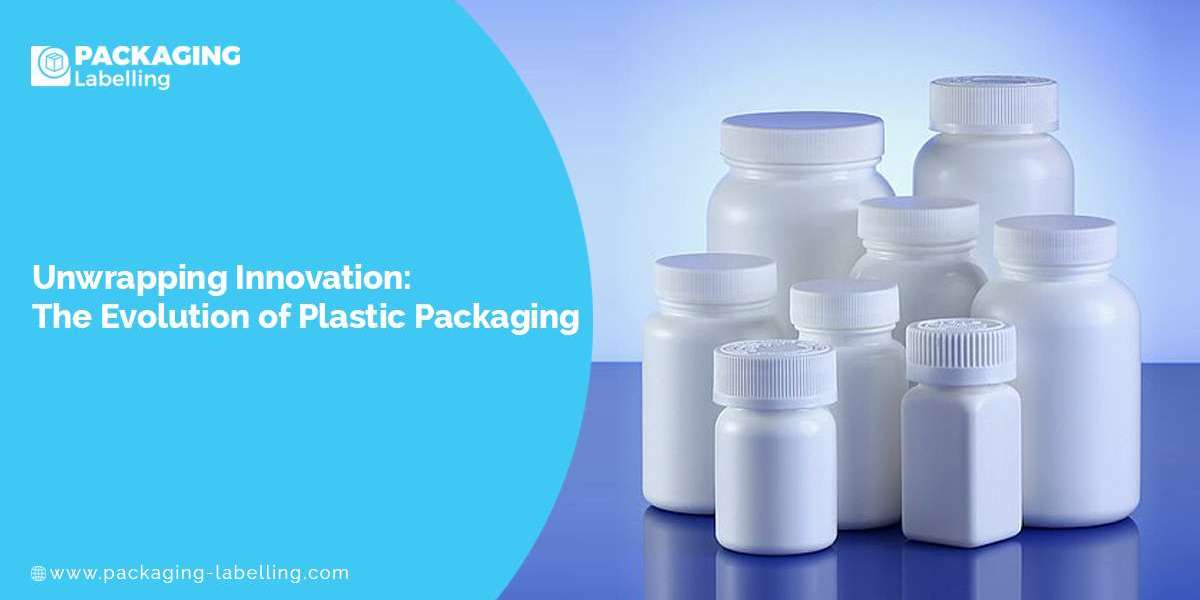Plastic packaging has come a long way since its inception, revolutionizing the way products are preserved, transported, and displayed. In this article, we delve into the fascinating evolution of plastic packaging and uncover the innovative solutions that have shaped this industry.
The history of plastics packaging
Plastic packaging has a rich history that dates back to the early 20th century. The first plastic containers were made from materials such as celluloid and bakelite, which provided a lightweight and durable alternative to traditional packaging options. However, it wasn't until the 1950s that the plastics packaging industry took off, with the introduction of polyethylene and polypropylene.
The evolution of plastic packaging technologies
Advancements in technology have played a crucial role in the evolution of plastic packaging. With the introduction of blow molding and injection molding processes, manufacturers were able to create packaging that was not only functional but also aesthetically pleasing. This opened up new possibilities for branding and marketing, as packaging became an important tool for capturing consumers' attention and driving sales.
The impact of plastics packaging on the environment
While plastic packaging has undoubtedly revolutionized the way products are packaged and displayed, it has also raised concerns about its impact on the environment. The durability of plastic means that it can take hundreds of years to decompose, leading to an accumulation of plastic waste in landfills and oceans. This has prompted a growing awareness of the need for more sustainable packaging solutions.
Innovations in sustainable plastic packaging
In response to the environmental concerns surrounding plastic packaging, the industry has been working towards developing more sustainable options. One such innovation is the introduction of biodegradable and compostable plastics. These materials are designed to break down more quickly and harmlessly in the environment, reducing the long-term impacts of plastic waste.
Advantages and disadvantages of plastic packaging
Plastic packaging offers numerous advantages that have contributed to its widespread adoption. Its lightweight nature makes it cost-effective to transport, reducing fuel consumption and carbon emissions. It is also highly versatile, allowing for the creation of packaging that can be customized to meet the specific needs of different products. Additionally, plastic packaging provides excellent protection against moisture, light, and other external factors, ensuring the integrity and freshness of the products inside.
The future of plastic packaging
Despite the challenges, the future of plastic packaging looks promising. The industry is embracing innovation and investing in research and development to find sustainable solutions. This includes exploring alternative materials, such as plant-based plastics and biopolymers, as well as developing new recycling technologies. Additionally, there is a growing emphasis on designing packaging that is not only functional but also easily recyclable or compostable.
Case studies of successful plastic packaging innovations
Several companies have already made significant strides in developing innovative plastic packaging solutions. One such example is the introduction of edible packaging, where the packaging itself can be consumed along with the product. This not only reduces waste but also provides a unique and interactive experience for consumers.







